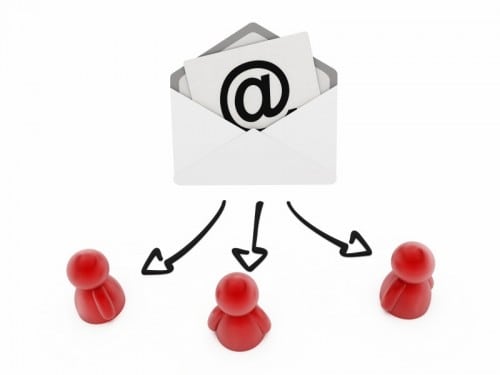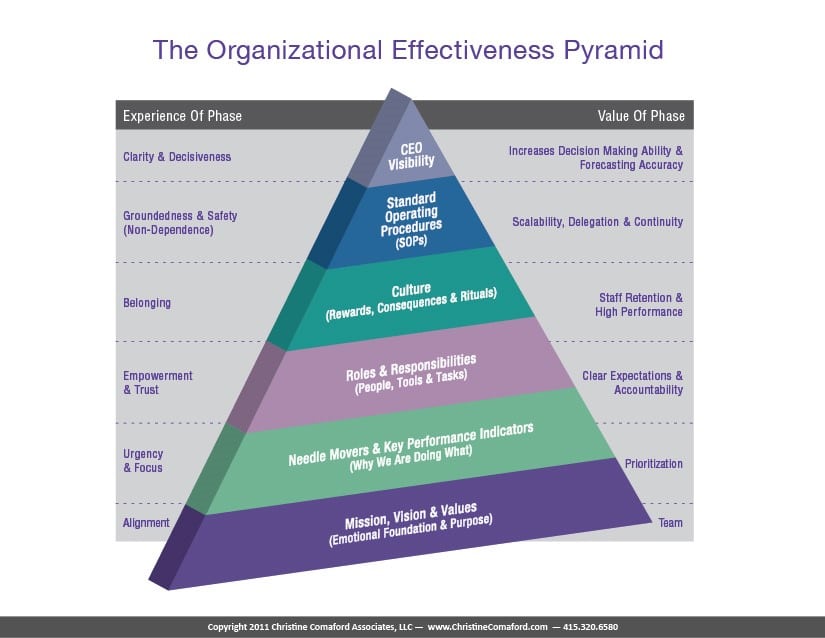Are you overloaded by emails? Most of us are. Here’s how to get control of your email inbox and your brain.
Effective Emails
Emails, like meetings, can be handled effectively.
- End “bottom up” attention grabbing: turn off sounds/visual indicators that new emails have arrived
- Set the intention of the email – what exactly do you want to accomplish – have a clear agenda
- Send to the doers, decision-makers, impacted parties only
- Use the subject line and email coding system below
- Manage communication and feedback: optimize the subject line for your response
Step 1: Use Our Proven Email Coding System
First, set up an email coding system so everyone codes their emails for priority and response time. For example:
URGENT – do today if received by 3pm (and call too as a backup!)
HI – do within 24 hrs
MED – do within 3 days
LO – do within 1 week
LO LO – do within 2 weeks
INFO – fyi, read when you can
Then use the coding system in your subject line, being sure to only email to those who need to read it!
Example:
Subject: INFO – Product Development meeting recap
Subject: MED – Sales meeting action items/to dos
Subject: URGENT – Customer X needs this pricing today!
Subject: LO – Edits for company meeting presentation
Optimized Email Replies:
A great way to optimize your email replies is to maximize your subject. If you have assigned an urgent task or need a status update immediately, teach your team to reply succinctly within the subject line.
Example:
You’ve sent an email with a specific task.
Subject: URGENT Schedule call with Client X Friday 2pm or 2:30pm EST
Your team can quickly reply when the task is complete.
Subject: Customer X call scheduled Friday 2:30pm EST – details noted in your calendar (end) RE: URGENT Schedule call with Client X Friday 2pm or 2:30pm EST
Step 2: Unsubscribe – Get Off The List
Optimized Email Replies:
A great way to optimize your email replies is to maximize your subject line real estate. If you have assigned an urgent task or need a status update immediately, teach your team to reply succinctly within the subject line.
Example:
You’ve sent an email with a specific task.
Subject: URGENT Schedule call with Client X today 2pm or 2:30pm EST
Your team can quickly reply when the task is complete.
Subject: Customer X call scheduled 2:30pm EST today – details in your calendar (end) RE: URGENT Schedule call with Client X today 2pm or 2:30pm EST
Step 2: Unsubscribe – Get Off The List
Do you remember subscribing to this list? Is this email of any value? Are you spending more time deleting as opposed to reading?
Unsubscribe, and use an RSS feed or Google Alerts for the same/similar info.
Step 3: Ditch, Delegate & Defer
When faced with inbox overload, respond to the emails that cannot be handled by anyone else and do what the email is requesting of you.
- Ditch: Delete the emails that don’t require a response.
- Delegate: Move your LVA (low value activity) emails out of your inbox. If the email refers to any task that can be handled quickly by a member of your team, without your invested time and/or immediate attention, forward the email to the appropriate person. LVA emails are determined by what you deem low value activities, they do not move the needle and can be handled by another party.
- Defer: Does this email require your attention but not immediately? Add the email to a clearly marked folder in your inbox or assign a reminder to the email to read and respond in the future.
We are all inundated with emails every day. While email is an effective form of communication, it’s easy to become buried in your inbox. When you optimize your email habits with our 3 step system above, you’ll gain at least 2 hours per day – that’s 10 hours per week! The net-net is your valuable time can be spent with items that move the needle and you will have control of your inbox and your brain.
Bye-bye email overload! What will you achieve with 10 more hours per week?
Leadership and Culture Coach Christine Comaford combines neuroscience and business strategy to help CEOs achieve rapid growth and create high performance teams. Her latest NY Times bestselling book is entitled SmartTribes: How Teams Become Brilliant Together.






